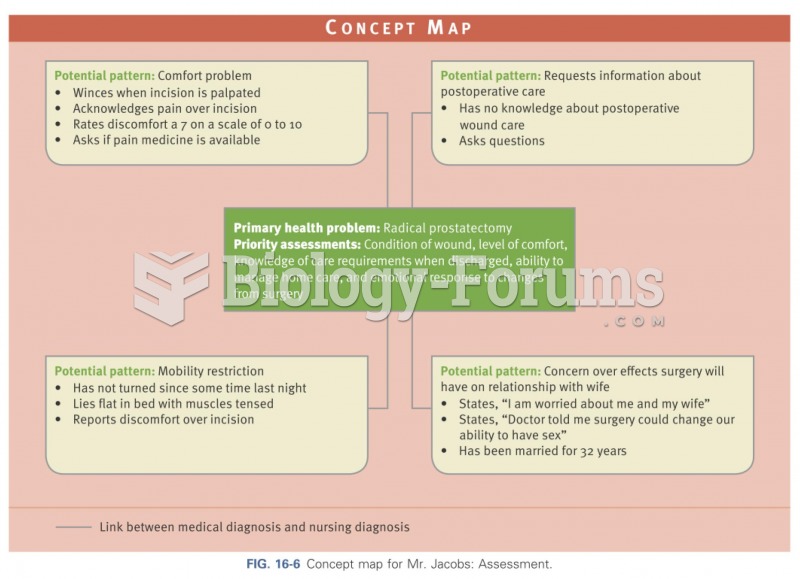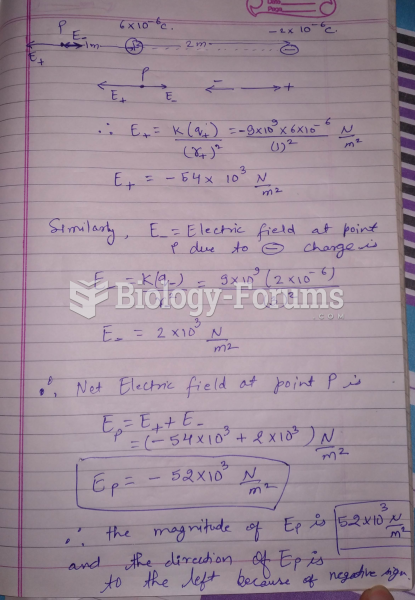Answer to Question 1
The term media convergence refers to digitally based changes in technology platform, content, and industry structure. Technological convergence means the integration of previously separate platform functionality into hybrid devices that can combine the functionality of many different existing media platforms such as books, newspapers, television, radio, and stereo equipment.
Content convergence has three dimensions: design, production, and distribution. Content design convergence occurs as content created in an older media technology is transferred to a new technology. Historically the initial transference involves little artistic change, but as the artists and producers learn how to use the new tools and how to deliver content more efficiently in the new media the new capabilities can be fully exploited and the art becomes measurably different. Content production convergence occurs when content, which is the most significant cost of content, is developed only once using technology that can deliver it to multiple different platforms. Production convergence drives content convergence as new tools are developed for economically producing content for delivery to multiple platforms. For example, the text produced in a word processing program can be easily converted to an HTML or PDF file for online delivery. Distribution convergence occurs when the distributors and ultimate consumers have the devices needed to receive, store, and experience the product.
Industry convergence refers to the merger of media enterprises into powerful synergistic combinations that can cross-market content on many different platforms and create new works that use multiple platforms. Traditionally, each type of media film, text, music, television had its own separate industry, typically composed of very large players. However, the Internet has created forces that make the merger of traditionally separate firms in separate media industries a plausible perhaps necessary business proposition.
Answer to Question 2
Digital rights management (DRM) refers to a combination of technical (both hardware and software) and legal means for protecting digital content from unlimited reproduction and distribution without permission. DRM hardware and software encrypts content so that it cannot be used without some form of authorization typically based on a payment. The objective is to control the uses of content after it has been sold or rented to consumers. Essentially, DRM can prevent users from purchasing and making copies for widespread distribution over the Internet without compensating the content owners.







